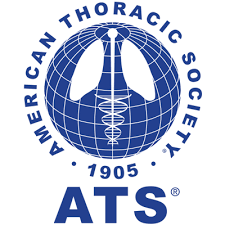2021 APCCMPD Awards Program

APCCMPD 2021 AWARDS PROGRAM
|
Abstract Awards
APCCMPD AWARD FOR MEDICAL EDUCATION RESEARCH
|
The APCCMPD Award for Medical Education Research recognizes pulmonary, critical care, and pulmonary/critical care medicine Training Program Directors, Associate Program Directors, Key Clinical Faculty, and Fellows-in-Training for their outstanding contributions and commitment to medical education research. The recipient is selected for conducting innovative research focused on undergraduate or graduate medical education in pulmonary, critical care, and pulmonary/critical care medicine.
|
Congratulations to the 2021 awardee:
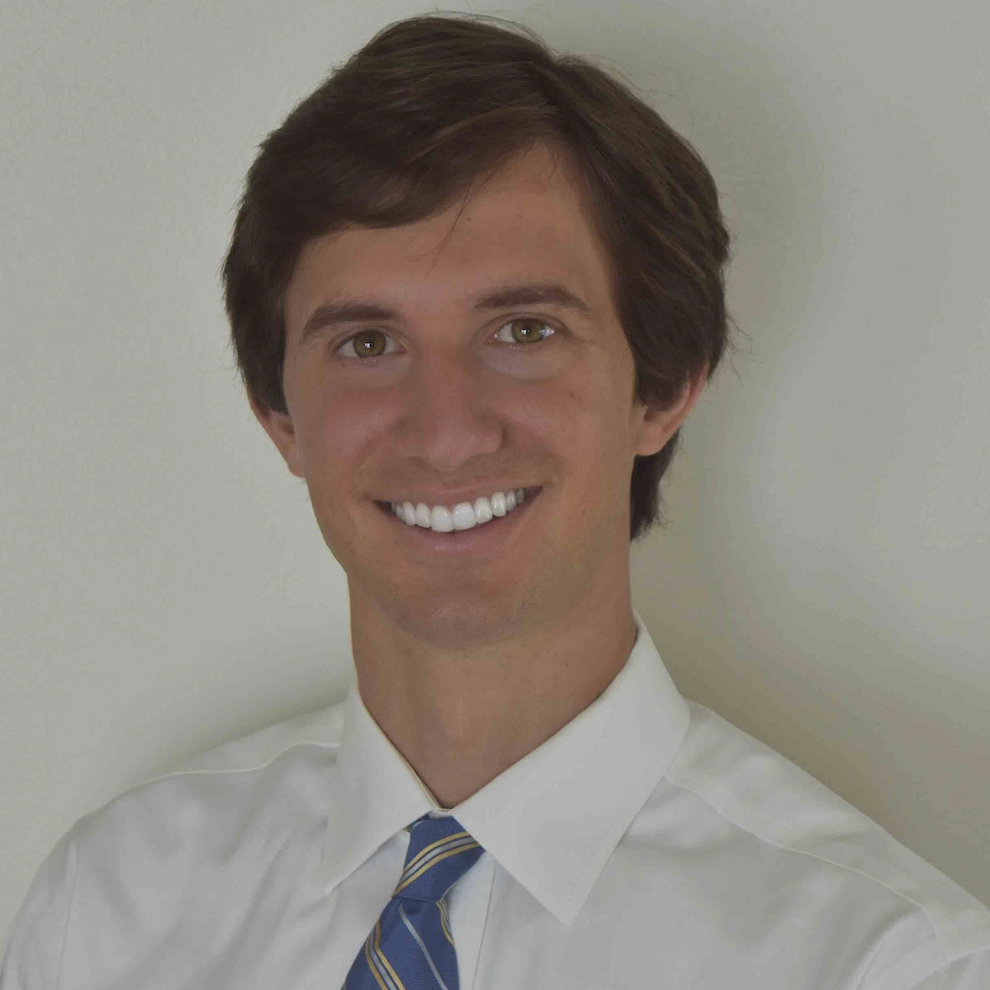
Nicholas Nassikas, MD
Brown University
Advancing Justice, Equity, Diversity, and Inclusion in Fellowship Training
The APCCMPD would like to honor the contributions of all 2021 applicants:
Stacey Kassutto, MD
Perelman School of Medicine at the University of Pennsylvania
Implementation of a Virtual Course to Teach Clinical Emergency Management for Clerkship Medical Students
Effie Singas, MD
Zucker School of Medicine at Hofstra-Northwell
Utilizing an Advanced Lung Disease Patient Database to Develop Research Questions for Pulmonary Critical Care Fellows
|
| |
2021 AWARDEE
Advancing Justice, Equity, Diversity, and Inclusion in Fellowship Training
|
|
Nicholas Nassikas, MD
Parvati Singh, MS, MD
Angela Y. Zhang, BA
Yvorn Aswad, MD
Katherine Cox-Flaherty, MD
Katherine Sharkey, MD, PhD
E. Jane Carter, MD
Gerardo Carino, MD, PhD
Debasree Banerjee, MD
Navneet Singh, MD
Brown University
|
 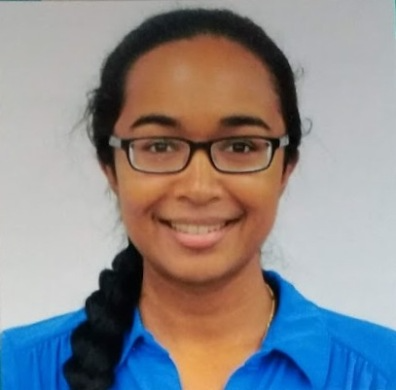 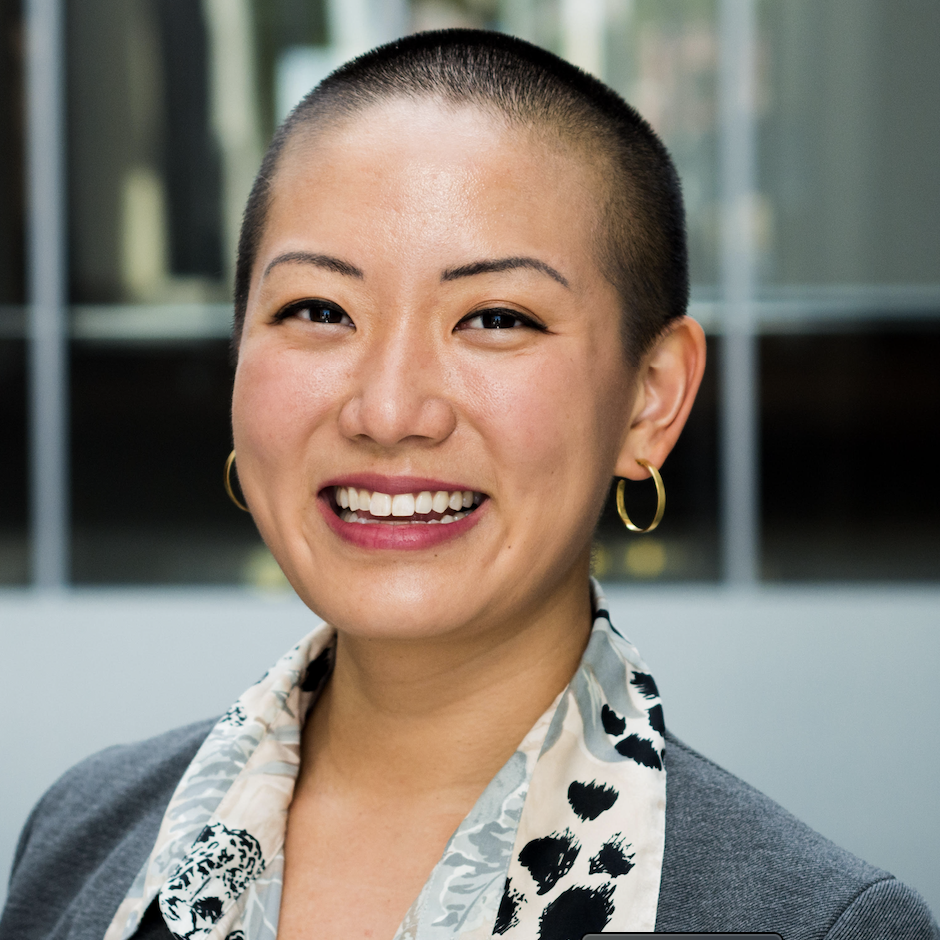 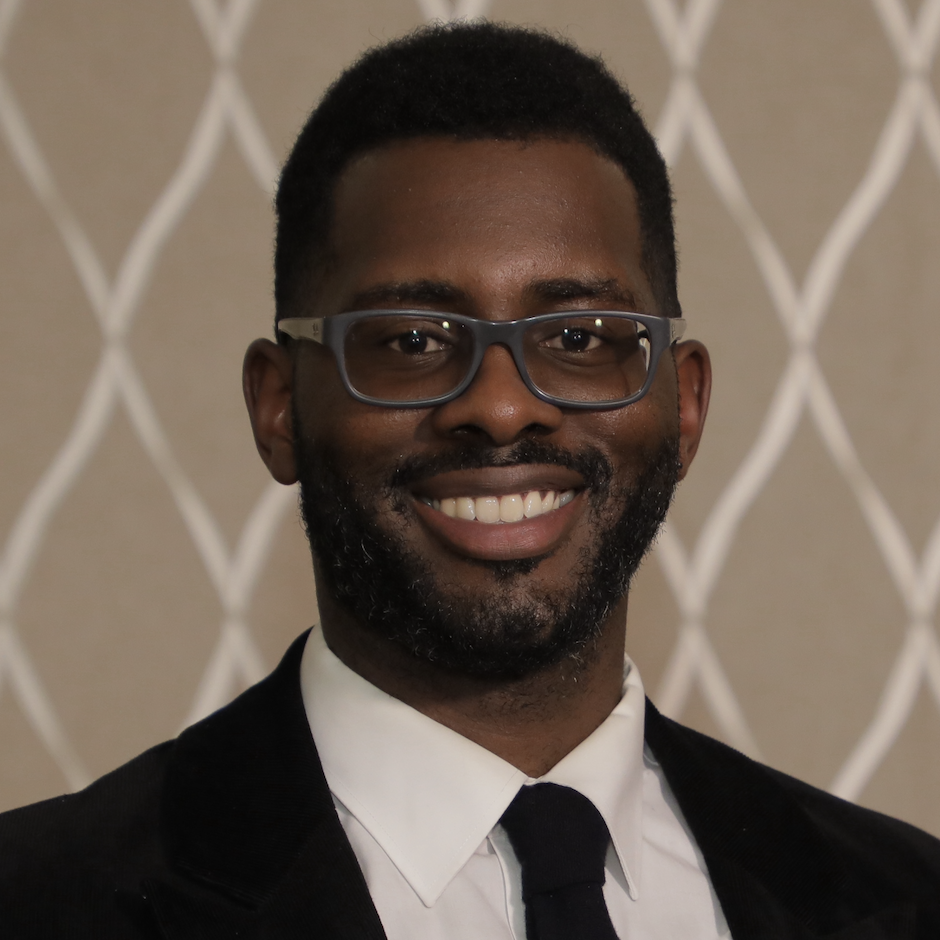
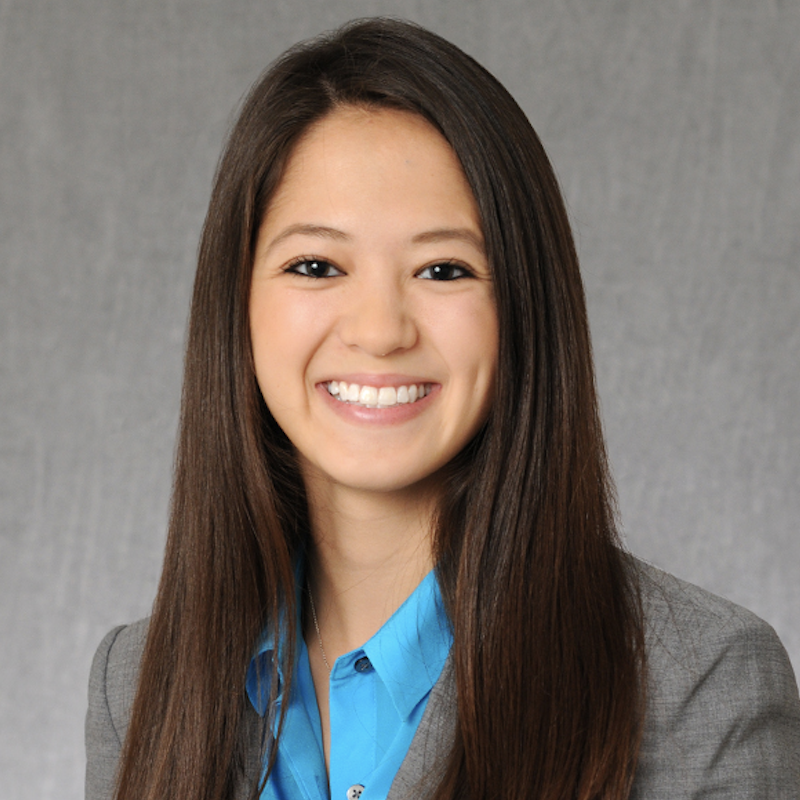 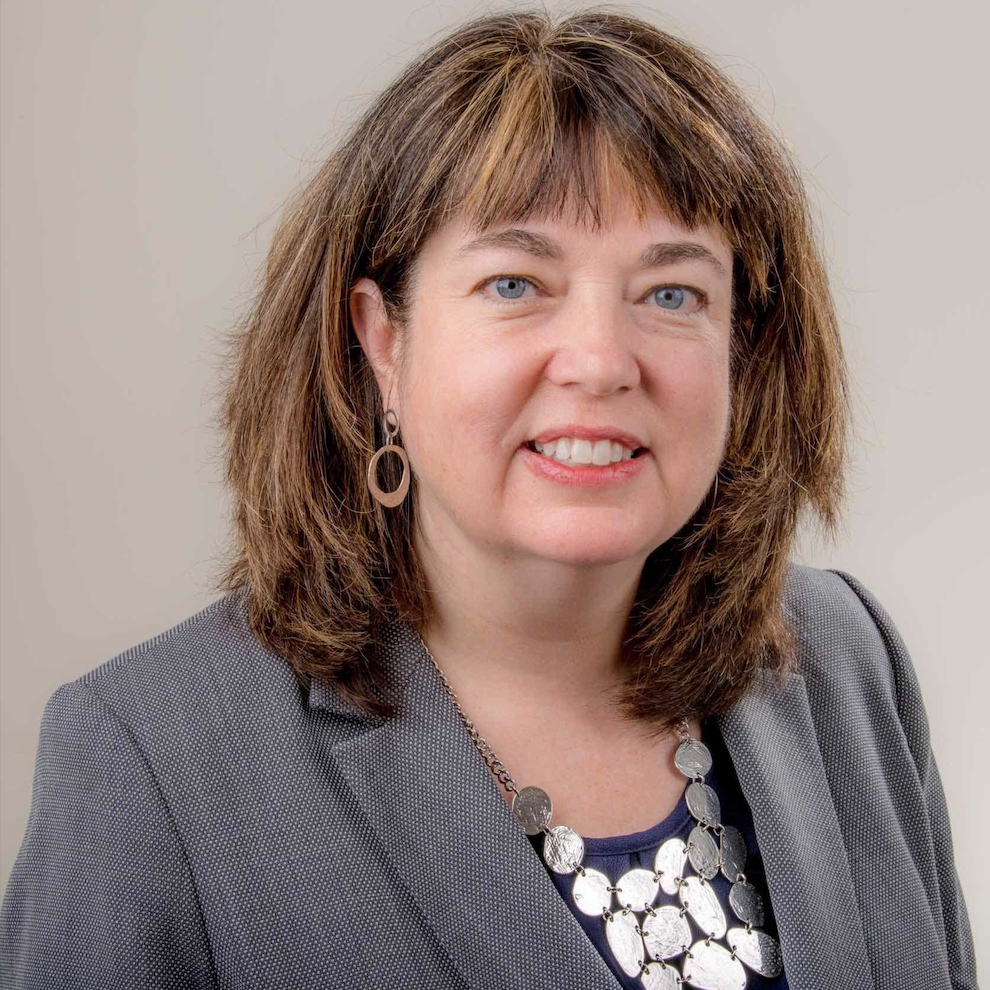  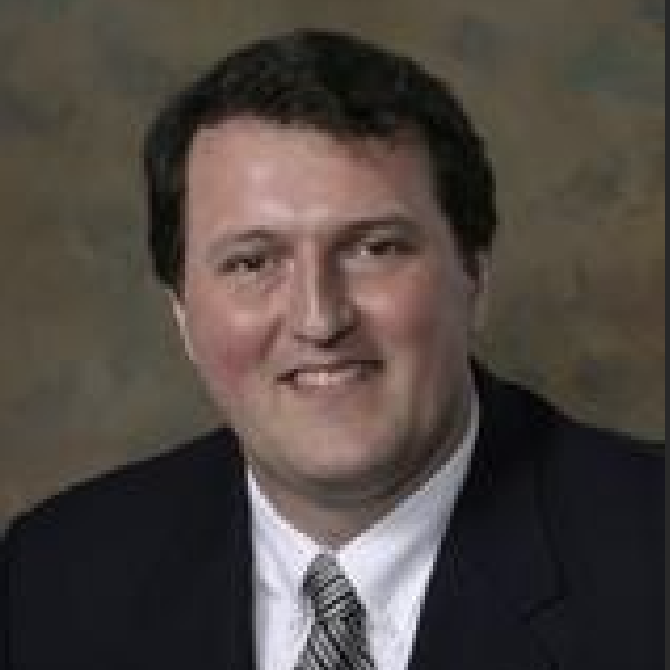
 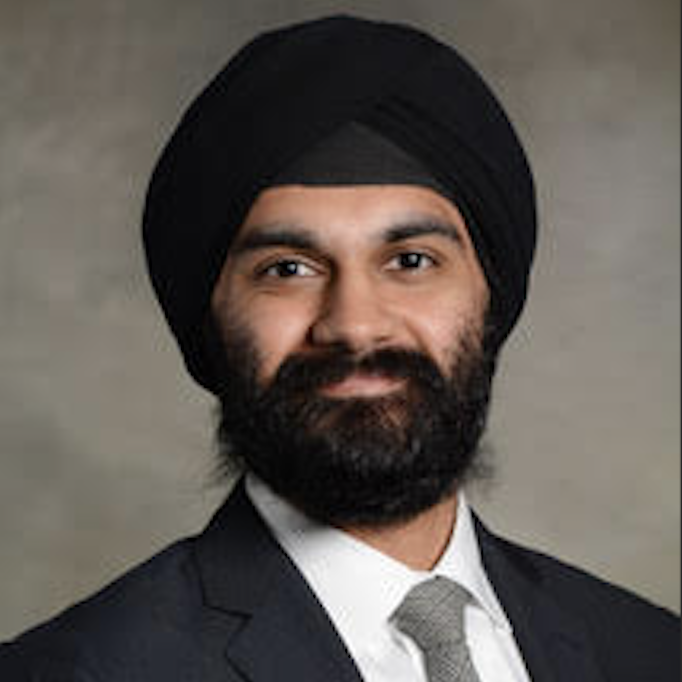
|
INTRODUCTION
Racism, bias, and structural health inequity significantly hinder the ability of physicians to deliver competent and sensitive care to patients. There remains an unmet need for anti-racism and equity education at an institutional level in medicine. Residency programs often rely on minority trainees and faculty to promote justice, equity, diversity, and inclusion (JEDI) without formal institutionalized support(1). Leading medical societies have sought to change this imbalance, advocating for more institutional leadership within residency and fellowship programs to address racism and health inequities(2). Methods for addressing systemic bias and racism include formation of diversity committees and educational sessions focused on racism in medicine(1). These initiatives require access to experts and the commitment of time and resources for trainees and faculty to learn about health care inequities and participate in quality improvement projects on health equity(3). At our institution, there is no formalized curricula on anti-racism training in the division of pulmonary, critical care, and sleep medicine (PCCSM). We hypothesize that a formalized educational intervention will improve fellow and faculty awareness and self-reported knowledge on racism and health inequities. Our aim is to study the effectiveness of a newly implemented year-long curriculum on health inequities and racism in healthcare in the PCCSM division at the Warren Alpert Medical School at Brown University.
METHODS
We measured baseline faculty and fellow awareness of racism and health inequities with a pre-intervention questionnaire which will be repeated in one year following curriculum completion. The curriculum was integrated into a pre-existing protected time for fellowship education and was offered to both fellows and faculty on a voluntary basis. Our curriculum is comprised of regularly scheduled hour-long interactive lecture series on topics within JEDI. The lectures are given over video conferencing by members of the Brown medical community with formal training in various aspects of diversity education. The sessions integrate educational slides and small group discussions. Topics include foundational definitions, power and positionality, the problematic reification of biology and race in race-based medicine (eg, race corrections in spirometry), health inequities, anti-racism action planning, microaggressions, professionalism, and discussing racism in academic medicine among learners.
RESULTS
Our overall response rate for the pre-intervention survey was 72% (38/53). Eleven of the 38 participants were fellows while the rest were faculty with 55% reporting over 10 years of clinical experience. 74% of participants reported wanting a structured curriculum on anti-racism and bias awareness and over 94% of participants stated they believe discrimination occurs based on race against physicians, nurses and ancillary staff, and patients. 85% stated they believed racial bias had a significant effect on patient care. Among clinical risk assessment tools, only 18% of respondents were able to identify race as being part of the FRAX tool. 79-92% of study participants correctly identified examples of microaggressions over a series of questions. Table 1 displays questions aimed at gauging comfort with discussing racism and the role Brown Medicine and the PCCSM division are playing in advancing the topics of JEDI. Baseline responses demonstrate individual knowledge gaps, discomfort in discussing race and institutional areas of growth (Figure 1).
CONCLUSION
Our survey results show that faculty and fellows are interested in having a JEDI curriculum and believe that discrimination is widespread in clinical settings. Despite the use of common scoring systems and algorithms, many faculty members and fellows were not aware of the role race plays in these systems. The curriculum aims to address the deficiencies in education surrounding race and racism in medicine. Among fellows and faculty in a PCCSM division, there is both a desire and need for formal training on JEDI.
REFERENCES
- Osseo-Asare A, Balasuriya L, Huot SJ, et al. Minority Resident Physicians' Views on the Role of Race/Ethnicity in Their Training Experiences in the Workplace. JAMA Netw Open. 2018;1(5):e182723.
- Maldonado ME, Fried ED, DuBose TD, Nelson C, Breida M. The role that graduate medical education must play in ensuring health equity and eliminating health care disparities. Ann Am Thorac Soc. 2014;11(4):603-7.
- Aysola J, Myers JS. Integrating Training in Quality Improvement and Health Equity in Graduate Medical Education: Two Curricula for the Price of One. Acad Med. 2018;93(1):31-4.
|
| |
| Implementation of a Virtual Course to Teach Clinical Emergency Management for Clerkship Medical Students |
|
Stacey Kassutto, MD
Caitlin Clancy, MD
Suzana Tsao, MD
Perelman School of Medicine at the University of Pennsylvania
|
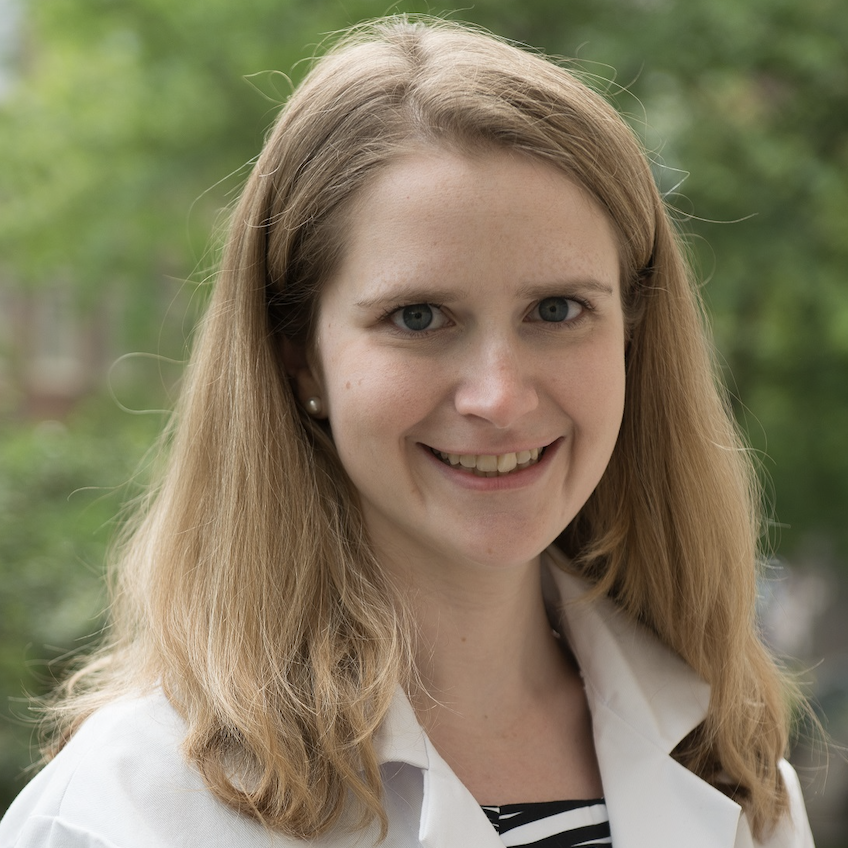 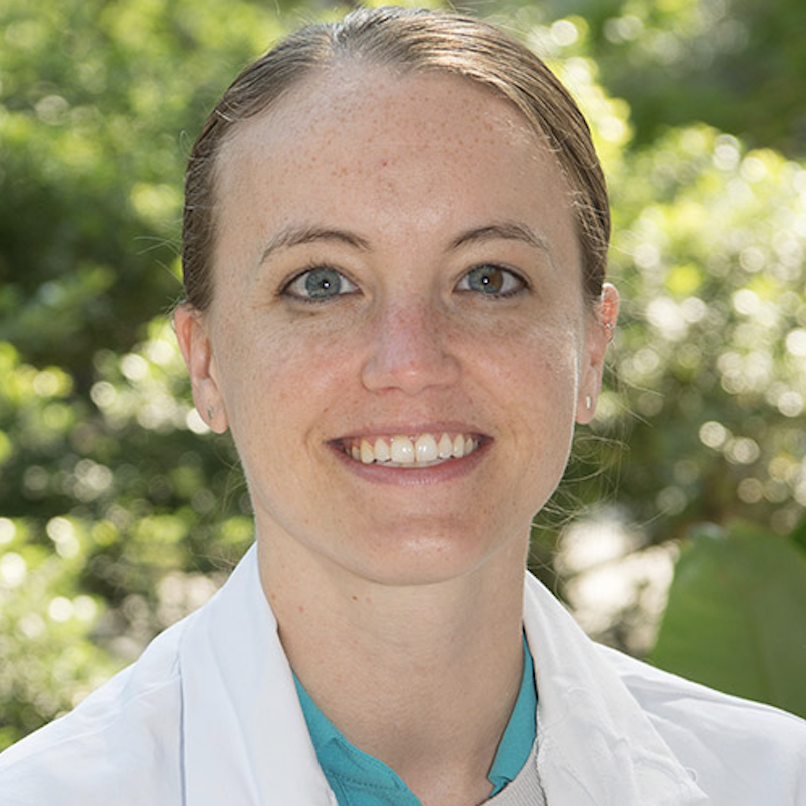 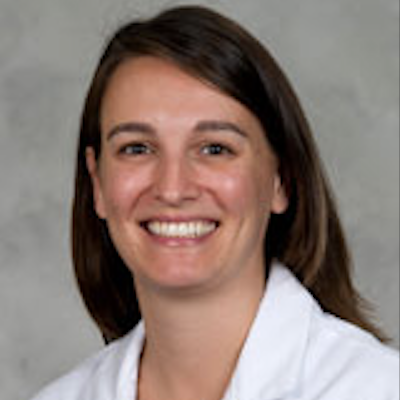 |
|
INTRODUCTION
The COVID-19 pandemic dramatically altered the landscape of medical school education. In March 2020, the Association of American Medical Colleges’ (AAMC) recommendation to halt all student clinical rotations created an urgent need for alternative clinical learning experiences. In response, the Perelman School of Medicine (PSOM) implemented and evaluated a five day, 15-hour virtual clinical skills curriculum focused on clinical emergency care for medical students on their core clinical clerkships. Content was mapped to the Liaison Committee on Medical Education’s (LCME) Entrustable Professional Activity (EPA) 10: “Recognize a Patient Requiring Urgent or Emergent Care and Initiate Evaluation and Management.” The course was designed to progress students through the four stages of Kolb’s experiential learning cycle, utilizing asynchronous mini-lectures, interactive problem-based learning, locally created remote simulations, virtual reality (VR) cases (hosted by a third-party software company), and individual reflection exercises.
METHODS
In order to assess the feasibility, acceptability and effectiveness of virtual and augmented reality as a novel approach to recreating clinically meaningful critical care learning experiences for medical students, we performed a mixed methods analysis of student impressions and performance during the course. All students completed confidential pre- and post-course questionnaires assessing perceived comfort with respect to the core competencies outlined in EPA 10. Students also completed a course evaluation regarding the course’s overall educational value as well as that of the different learning modalities included in the curriculum. Student performance was objectively measured during the VR case simulations using the individual summative assessment reports generated by the software. Scores reflected performance of expected critical actions, teamwork/communication, and technical and non-technical skills benchmarked to what the software developers deemed best practice. Following each VR case, students also completed narrative reflections regarding their performance. Qualitative content analysis was performed to analyze the narrative reflections and free-response items using a multi-step, multi-coder approach.
RESULTS
A total of 156 students enrolled in the course in six cohorts, with 110 (70.5%) and 109 (69.9%) students completing the pre- and post-course surveys respectively. Following the course, there was a statistically significant improvement in mean rating scores in all domains of a self-assessment (p<0.001) based on entrustable professional activity (EPA) 10. The proportion of students who reported feeling comfortable also increased in all domains, most notably in applying basic and advanced life support (19.2% to 73.2%), starting the initial plan of care for decompensating patients (20.7% to 78.8%), and caring for patients with clinical emergencies under direct supervision (18.9% to 67.1%). A majority of students felt that the course positively impacted their ability to care for decompensating patients (85.9%), improved their medical knowledge (83.7%) and positively impacted their clinical skills (76.8%). The VR cases and distance simulations received the highest ratings for educational value. Major themes identified through qualitative analysis of narrative reflections included medical knowledge, organization, platform usability, and clinical reasoning. See Table 1 and Table 2.
CONCLUSION
Using innovative approaches such as VR and distance simulations, we recreated critically ill patient care experiences with reasonable fidelity, feasibly, and sustainably. VR represents an opportunity for innovative content creation that is immersive and can recreate the emotional experience of critical care in a way that is scalable and safe for both the patient and the novice learner. Based on this pilot curriculum, there is a future opportunity to harness distance simulation and VR as a supplement to existing medical student critical care education.
REFERENCES
- Woolliscroft JO. Innovation in response to the COVID-19 pandemic crisis. Academic Medicine. 2020 Apr 27.
- Kolb DA. Experiential learning: Experience as the source of learning and development. FT press; 2014 Dec 17.
- McGrath JL, Taekman JM, Dev P, Danforth DR, Mohan D, Kman N, Crichlow A, Bond WF, Riker S, Lemheney AJ, Talbot TB. Using virtual reality simulation environments to assess competence for emergency medicine learners. Academic Emergency Medicine. 2018 Feb;25(2):186-95.
|
| |
| Utilizing an Advanced Lung Disease Patient Database to Develop Research Questions for Pulmonary Critical Care Fellows |
|
Effie Singas, MD
Arunabh Talwar, MD
Zucker School of Medicine at Hofstra-Northwell, North Shore University Hospital and Long Island Jewish Medical Center
|
 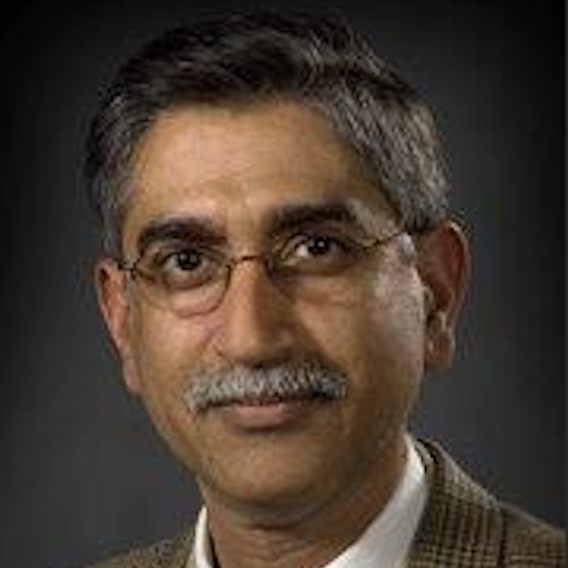 |
|
INTRODUCTION
The ACGME requires that Pulmonary Critical Care Medicine (PCCM) fellowship programs “demonstrate evidence of scholarly activities“ and expects “that the program’s scholarship will reflect its mission(s) and aims, and the needs of the community it serves.”(1) Research enhances the educational experience of fellows and improves their understanding of the clinical disease process. While developing a research question is challenging for fellows, educators will agree that it is one of the most critical steps in a research project.
METHODS
The Division of Pulmonary, Critical Care and Sleep Medicine at Northwell Health’s North Shore University Hospital and Long Island Jewish Medical Center has an advanced lung disease patient quality improvement database that has been in existence for greater than 20 years. The database was developed and is maintained by the director of our Advanced Lung Disease program and to date has over 1900 patients enrolled. All successive patients evaluated in our Advanced Lung Disease Center for dyspnea of uncertain etiology, pulmonary hypertension, interstitial lung disease, or advanced chronic obstructive lung disease are enrolled in this database. This has allowed us to monitor quality and clinical indicators for management of these patients as they are followed in our center. During the outpatient pulmonary rotation in Advanced Lung Disease Clinic PCCM fellows are offered an opportunity to collect information for this database and to develop relevant questions for clinical research. This has resulted in many scholarly presentations and publications.
RESULTS
In the last five years, several fellows have actively queried the database, resulting in ten manuscripts and fifteen abstracts. Research topics that have been explored include: physiologic, psychological and functional correlations; health disparities in patients with pulmonary hypertension; effects of pulmonary rehabilitation on symptoms, function and quality of life; clinical reviews and many others.(2-3) All fellows agreed that participating in this research program improved their understanding of the disease pathogenesis and clinical management of these patients.
CONCLUSION
A clear and thoughtfully constructed research question helps to guide research projects. A carefully maintained quality improvement database can provide a wealth of research questions to help fellows participate in clinical research. This activity also helps to close the gap between what is known and what needs to be known about multimodality treatments for patients with advanced lung disease and helps to reconcile the various facets of management, including pulmonary rehabilitation, nutritional counseling, management of social issues and other lung transplant related issues, thereby improving the quality of care for these patients. The utilization of a quality improvement patient database can be incorporated into the research curriculum for PCCM fellows. The development of a research question utilizing this database can enhance the educational experience of PCCM fellows as they care for patients with advanced lung disease and enhance their knowledge of informatics and database management.
REFERENCES
- ACGME program requirements for graduate medical education in pulmonary and critical care medicine. Accreditation Council for Graduate Medical Education Website. http://www.acgme.org
- Gupta M, Agrawal A, Iakovou A, Cohen S, Shah R, Talwar A. Pulmonary artery aneurysm: a review. Pulm Circ. 2020 Feb 28;10(1):2045894020908780. doi: 10.1177/2045894020908780. PMID: 32166017
- Simonson J, Greenberg H, Talwar A. Pulmonary Artery Dilatation and Obstructive Sleep Apnea. J Clin Sleep Med. 2020 Feb 5. doi: 10.5664/jcsm.8300.[Epub ahead of print] PMID: 32022665
|
APCCMPD AWARD FOR NOVEL MEDICAL EDUCATION IMPLEMENTATION
|
The APCCMPD Award for Novel Medical Education Implementation recognizes pulmonary, critical care, and pulmonary/critical care medicine Training Program Directors, Associate Program Directors, Faculty, and Fellows-in-Training for their outstanding contributions and commitment to fellowship medical education and training. The recipient is selected for development of novel and innovative curricular development in his/her training program.
|
Congratulations to the 2021 awardee:
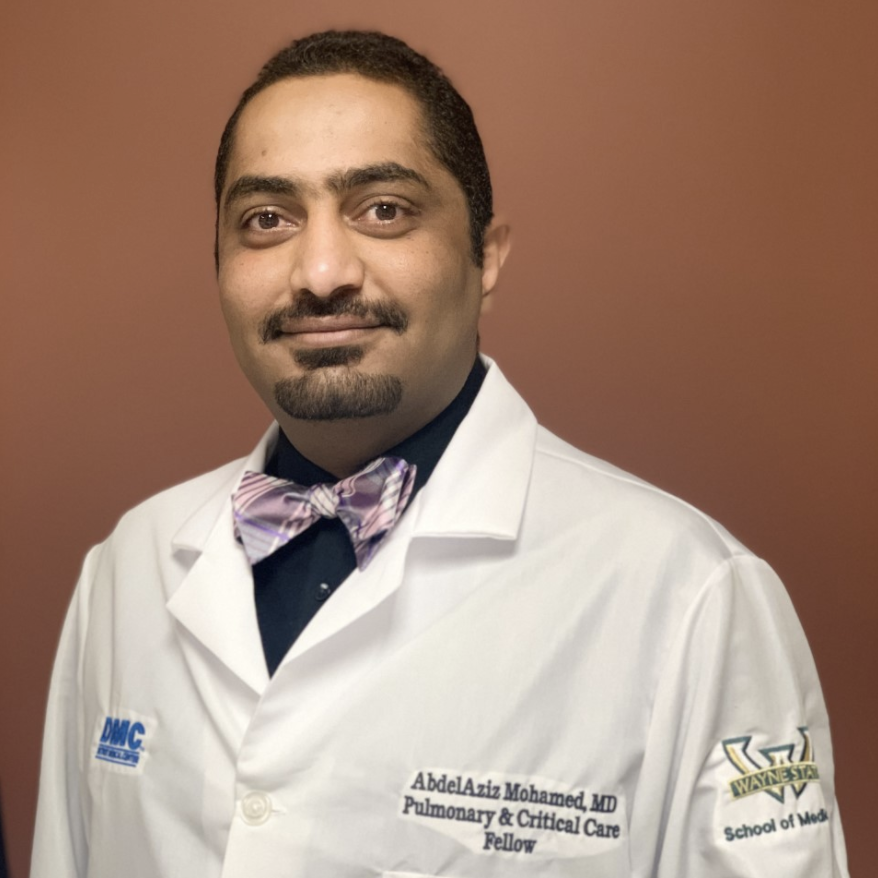
Abdelaziz Mohamed, MD
Wayne State University/Detroit Medical Center
A Pilot Curriculum and Creation of New Competency Assessment Tools for the Mastery of Chest Computed Tomography (CT) Scan Interpretation for a Pulmonary Critical Care Medicine (PCCM) Fellowship
The APCCMPD would like to honor the contributions of all 2021 applicants:
Wade Brown, MD
Vanderbilt University Medical Center
Help Me Help You: Leveraging System Science for MICU Education Quality improvement (eQI)
Faiza Khalid, MD
Case Western Reserve University (MetroHealth)
Fellows Escap-ED: A Novel Amalgam of Gamification and Simulation
Sergio Ramirez, MD
Orlando Regional Medical Center
Code Blue Resident Provider Readiness
|
| |
2021 AWARDEE
A Pilot Curriculum and Creation of New Competency Assessment Tools for the Mastery of Chest Computed Tomography (CT) Scan Interpretation for a Pulmonary Critical Care Medicine (PCCM) Fellowship
|
|
Abdelaziz Mohamed, MD
Divya Venkat, MD
Chetna Jinjuvadia, MD
Ayman O. Soubani, MD
Sarah Lee, MD
Abdulghani Sankari, MD, PhD
Wayne State University/Detroit Medical Center
|
 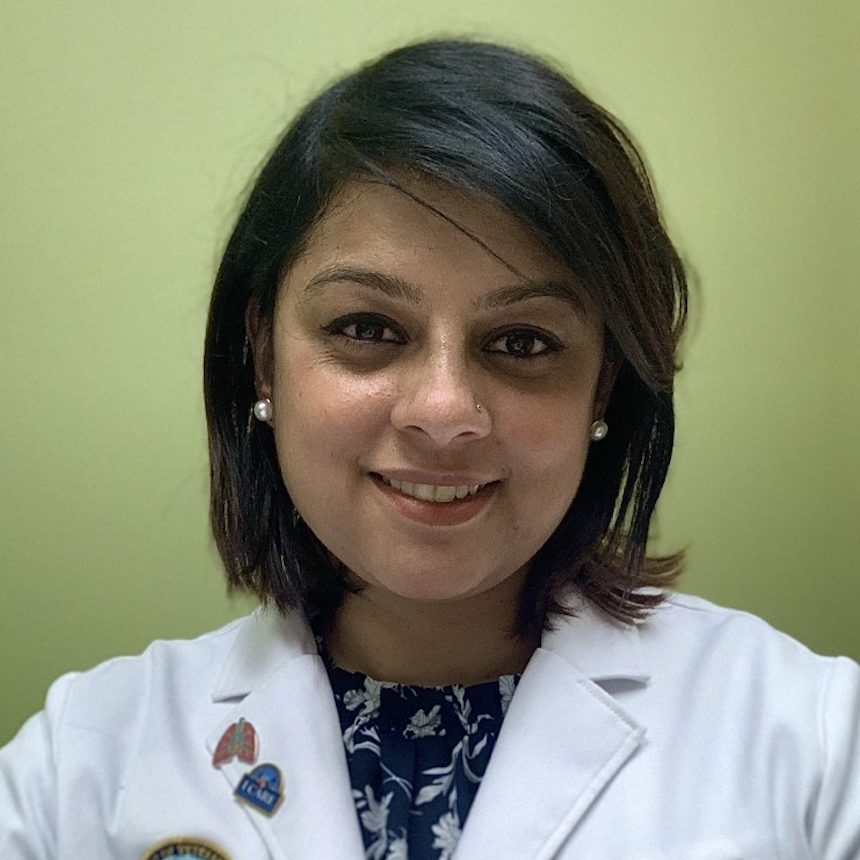 
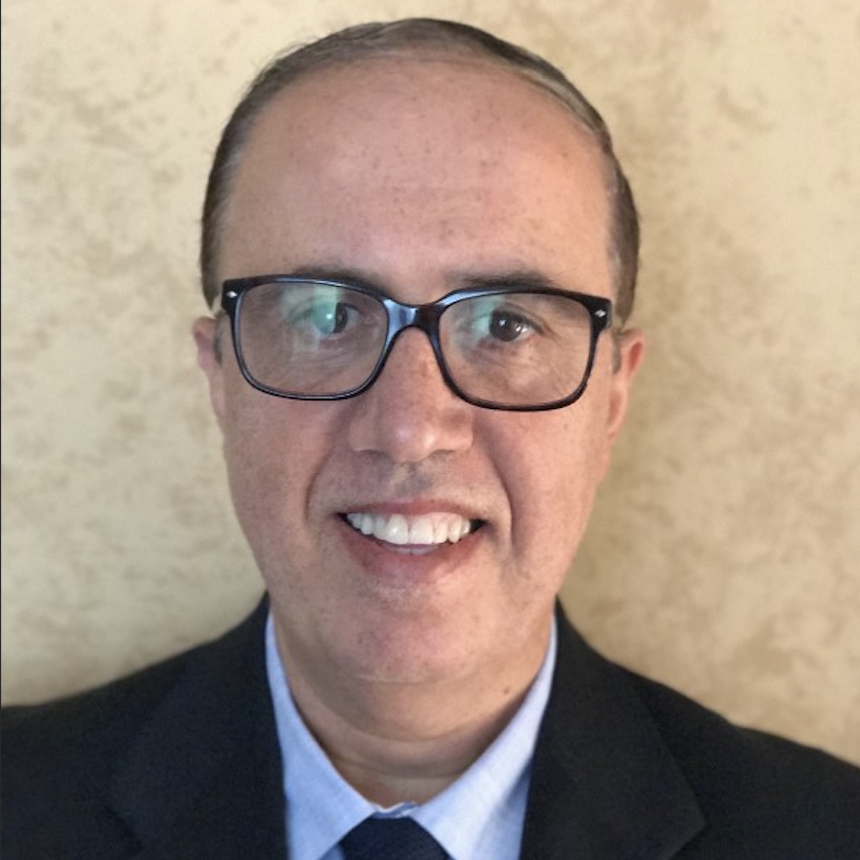 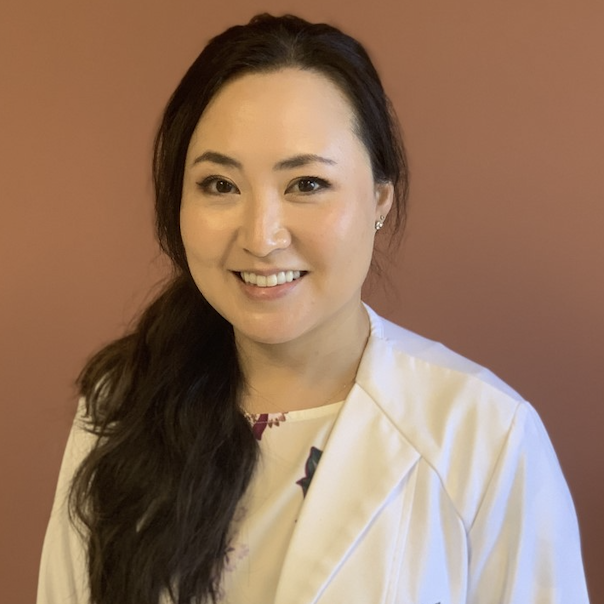 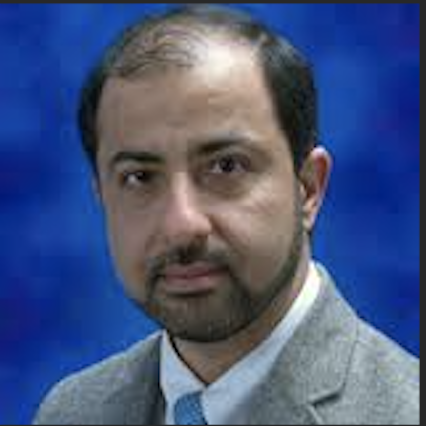
|
| INTRODUCTION
During training, Pulmonary and Critical Care Medicine (PCCM) fellows are expected to demonstrate advancing knowledge of imaging techniques to diagnose patients with pulmonary disease1; however, there are no published curricula or assessment tools to evaluate competency in thoracic CT scan interpretation. After discussion with radiology teaching faculty, we found that no standardized competency checklist exists, let alone explicitly tailored for PCCM fellows. For medical training including for radiology residents, case-based simulation allows better retention of comprehensive knowledge and skills compared to a traditional model using didactic learning alone 3–5. Moreover, simulation allows educators to measure learners’ knowledge transfer to a clinical situation through observing whether they employ a systematic approach to a simulated patient’s case.6,3. Therefore, a blended simulation case-based curriculum that includes objective learning checklists was created to construct a consistent learner experience with the goal of rapid knowledge acquisition.
ABSTRACT PRESENTATION
This study aims to assess the validity of newly created assessment tools and impact of a pilot curriculum on learners’ knowledge in anatomy, development of differential diagnoses, thoroughness in approach, and ability to correctly interpret chest CT scan results. Learners underwent the following tests and materials in chronologic order: a) A fifteen multiple-choice question (MCQs) test to assess baseline medical knowledge. Discrimination index and difficulty index were used to narrow to the final 15 MCQ from a pool of forty that were tested on five PCCM attendings, four PGY VI fellows, and four PGY III internal medicine residents. The internal consistency and reliability were calculated using item-total correlation and Cronbach alpha coefficient. b) A set of five case-scenario simulations with evaluation using a newly created assessment tool. These were developed based on a needs assessment survey of teaching faculty. c) Education, which includes post-simulation debriefing, a set of newly created video-modules, an online course on interstitial lung diseases, and access to mobile applications. d) A fifteen MCQ post-test e) A post-test skill assessment using case-scenario simulation. The content validity of all images and video used for this curriculum were reviewed by three independent senior faculty. The video modules were posted on Edpuzzle.com, which allows the ability to monitor usage, track the time spent on each video, and verify completion of each learner.
Thirteen first year PCCM fellows, second year PCCM fellows, and critical care medicine fellows completed baseline testing using the pretest MCQs and case-scenario simulations, results in (Figure 1). Their results were compared to those from five PCCM “experts,” senior teaching faculty, who underwent the same testing. The fellows’ scores averaged 42.1% for the MCQs and 43% for the case scenarios compared to the experts with an average of 82.7% and 73.6%, respectively (p-value<0.001 for both) (Figure 2).
DISCUSSION
Results: Thirteen first year PCCM fellows, second year PCCM fellows, and critical care medicine fellows completed baseline testing during orientation boot camp. All fellows spent one hour or more on video-modules and the online course. The average MCQ score (maximum 15) improved from 6±3 to 9±1.5, with a P value 0.002 (Figure 3), while the simulation score (maximum 75) improved from 32.7 ± 4 to 44.7 ± 7.2, with a p value of 0.002 (Figure 4).
CONCLUSION
A large gap exists in PCCM fellowship training for education and evaluation in thoracic CT scan interpretation. A curriculum based on simulated case scenarios may allow educators to track learners’ progress towards achieving expertise and provide a framework to introduce a uniform teaching method.
REFERENCES
- Common Program Requirements.pdf. Accessed October 25, 2020. https://www.acgme.org/Portals/0/PFAssets/ProgramRequirements/156_PCCM_2020.pdf?ver=2020-06-29-162350-787
- 2019-innovations-in-fellowship-education-booklet.pdf. Accessed June 2, 2020. https://www.thoracic.org/professionals/career-development/fellows/resources1/2019-innovations-in-fellowship-education-booklet.pdf
- Alghamdi A. Simulation system for radiology education integration of physical and virtual realities: Overview and software considerations. J Health Spec. 2015;3(3):144. doi:10.4103/1658-600X.159890
- Auffermann WF, Henry TS, Little BP, Tigges S, Tridandapani S. Simulation for Teaching and Assessment of Nodule Perception on Chest Radiography in Nonradiology Health Care Trainees. J Am Coll Radiol. 2015;12(11):1215-1222. doi:10.1016/j.jacr.2015.07.014.
- Bhargava P, Dhand S, Lackey AE, Pandey T, Moshiri M, Jambhekar K. Radiology Education 2.0—On the Cusp of Change. Acad Radiol. 2013;20(3):373-381. doi:10.1016/j.acra.2012.11.001.
- Mcgaghie WC, Issenberg SB, Cohen ER, Barsuk JH, Wayne DB. Does Simulation-Based Medical Education With Deliberate Practice Yield Better Results Than Traditional Clinical Education? A Meta-Analytic Comparative Review of the Evidence. Acad Med. 2011;86(6):7.
|
| |
| Help Me Help You: Leveraging System Science for MICU Education Quality improvement (eQI) |
|
Wade Brown, MD
Carla Copeland, MD
Karen Jackson, MD
Michael Lester, MD
Todd Rice, MD, MSCI
Meredith Pugh, MD, MSCI
Vanderbilt University Medical Center
|
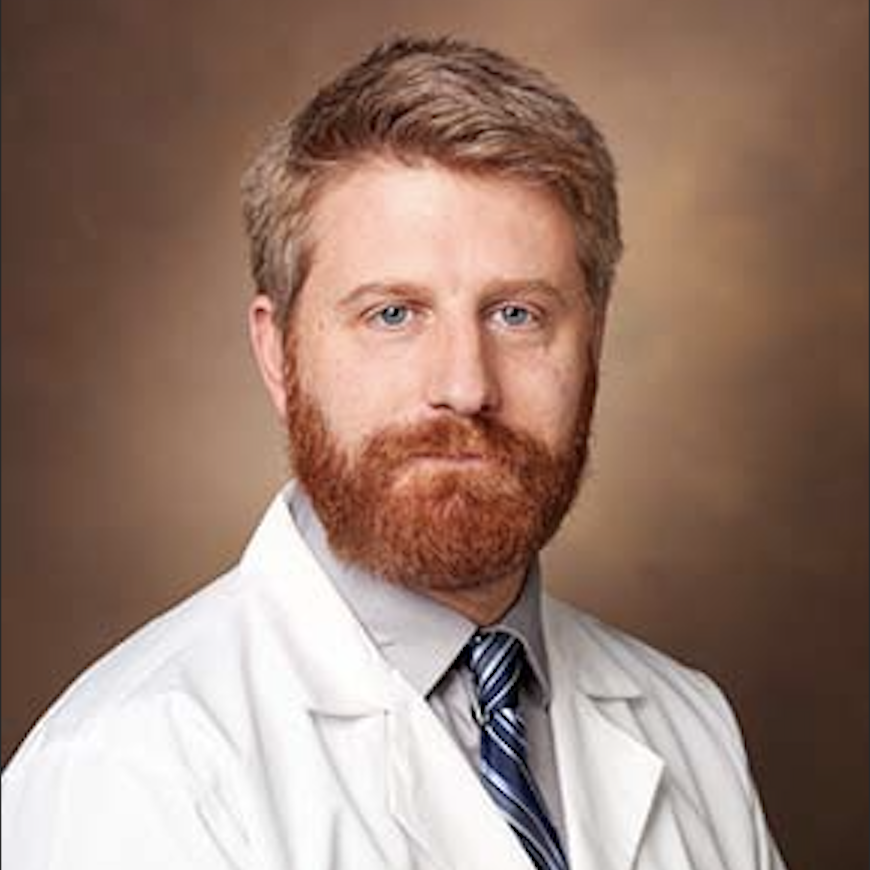 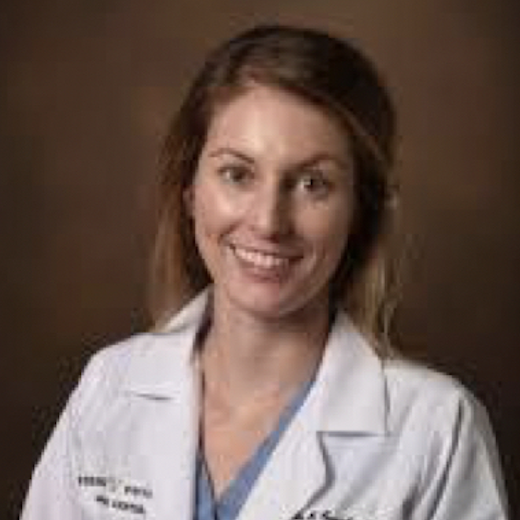 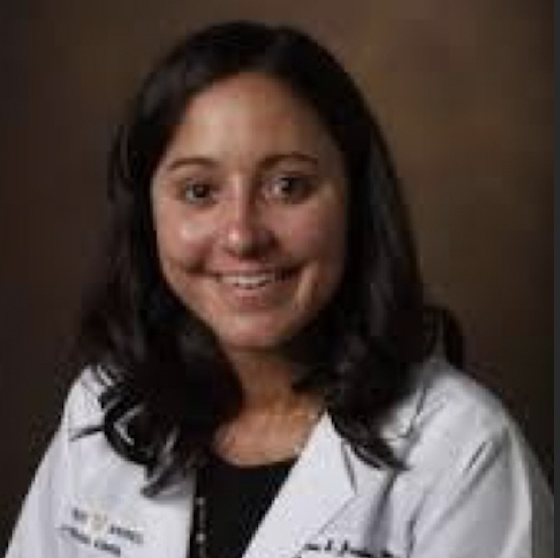
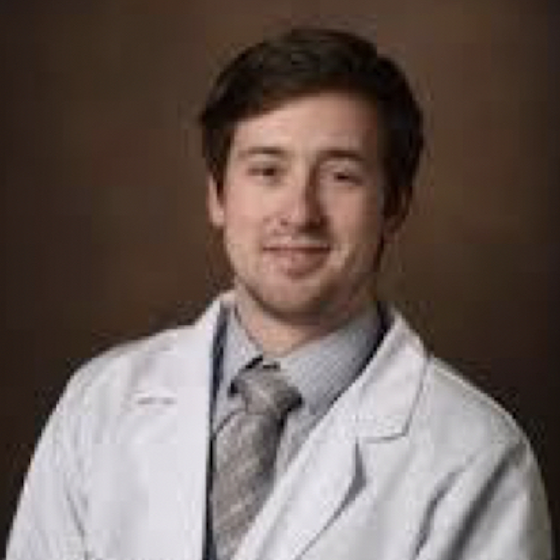 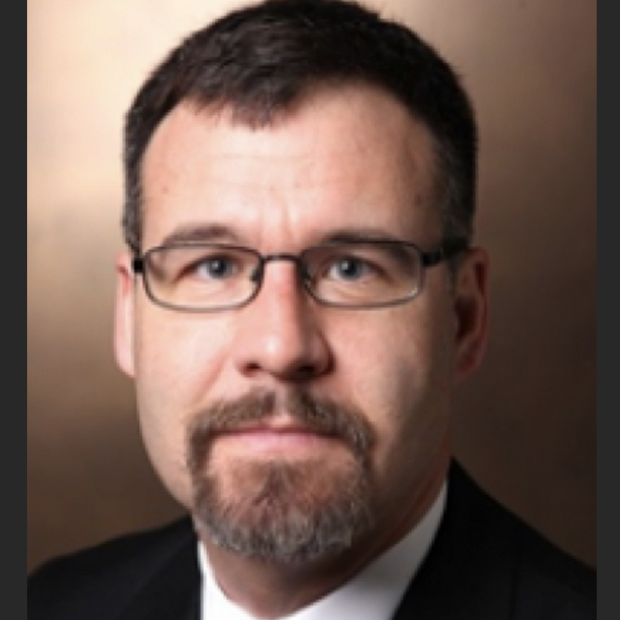 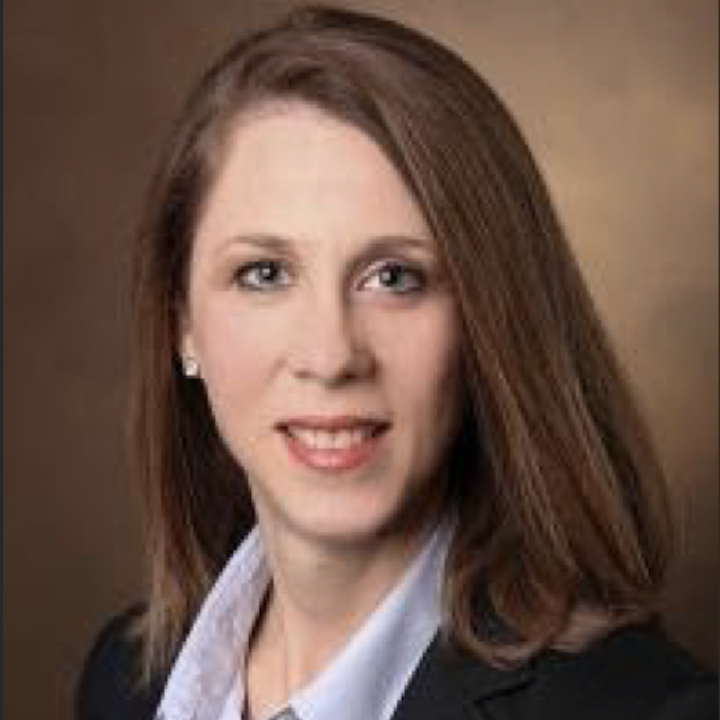 |
|
INTRODUCTION
Critical care medicine is characterized by high illness severity and patient complexity. Maximizing learning in this environment requires careful and deliberate curricular planning. However, in the Medical Intensive Care Unit (MICU), curricular content is frequently the product of “the personal opinions of a small number of individuals.”(1) Curriculum generated without sufficient consideration of learner need is likely to be ineffectual.(2,3) While learner-directed curriculum selection has been reported in the MICU(1), continuous curriculum improvement through implementation of system science strategies has not.
ABSTRACT PRESENTATION
Forty pulmonary and critical care medicine (PCCM) physicians at a single academic medical center were randomized to rank 25 potential lecture topics using a validated selection tool(1) or a simple online ranking tool. These data were used to create lecture topic rank lists which were compared using bivariate correlation. This process will be repeated with internal medicine house staff. Simultaneously, for a period of three months, house staff completed daily pre-lecture surveys to identified individual knowledge deficiencies from a list of ten subtopics for each lecture topic. These data were used to make subtopic “needs graphs.” Meanwhile, post-lecture survey data is continuously plotted on statistical process control charts (SPCC). Seventeen (85%) PCCM physicians completed the lecture topic selection tool and 16 (80%) completed the simple ranking tool. Fifty-two lectures were delivered. House staff completed 262 pre-lecture and 153 post-lecture surveys. Interns completed 98 (37%) surveys and residents completed 164 (63%).While the overall lecture topic lists were modestly correlated (Pearson r = 0.56, P<0.01), the top ten topics were not (Pearson r = 0.01, P = 0.97) (Table 1). Similarly, the subtopic graphs revealed notable disparities between intern and resident needs and elucidated learner-emphasized subtopics. The baseline SPCC showed a mean score of 76 (ULN = 95, LLN = 58) on a 100-point slide-bar question assessing lecture consonance with individual needs (Figure 1).
DISCUSSION
The lecture topic data revealed an important disparity between curriculum identified using standard practice and curriculum identified using a selection tool. House staff will now rank the potential lecture topics using the two methodologies for comparison with the PCCM physician results. The subtopic data clarified learner needs and revealed actionable disparities between what is currently taught and what is needed. In combination, these data are being used to re-evaluate lecture topics and shift lecture subtopic emphasis. Finally, the SPCC generated from the post-lecture data stream depicts the baseline lecture subtopic “system” and provides a means to monitor the effects of curricular interventions.
CONCLUSION
Though further topic data are still being collected, the available data suggest that curriculum based on expert opinion may not meet learner needs. However, the implementation of a self-reflexive monitoring system shows early promise for both improving curricular congruence with learner needs, and for guiding future education improvement interventions.
REFERENCES
- Peets AD, McLaughlin K, Lockyer J, Donnon T. So much to teach, so little time: a prospective cohort study evaluating a tool to select content for a critical care curriculum. Crit Care. 2008;12(5):R127.
- Kern DE, Thomas PA, Hughes MT: Curriculum development for medical education: a six-step approach. Baltimore: Johns Hopkins University Press; 2009.
- Lieff SJ: Evolving curriculum design: a novel framework for continuous, timely, and relevant curriculum adaptation in faculty development. Acad Med 2009, 84:127–134.
|
| |
| Fellows Escap-ED: A Novel Amalgam of Gamification and Simulation |
|
Faiza Khalid, MD
Ishan Lalani, MD
Ziad Shaman, MD
Case Western Reserve University (MetroHealth)
|
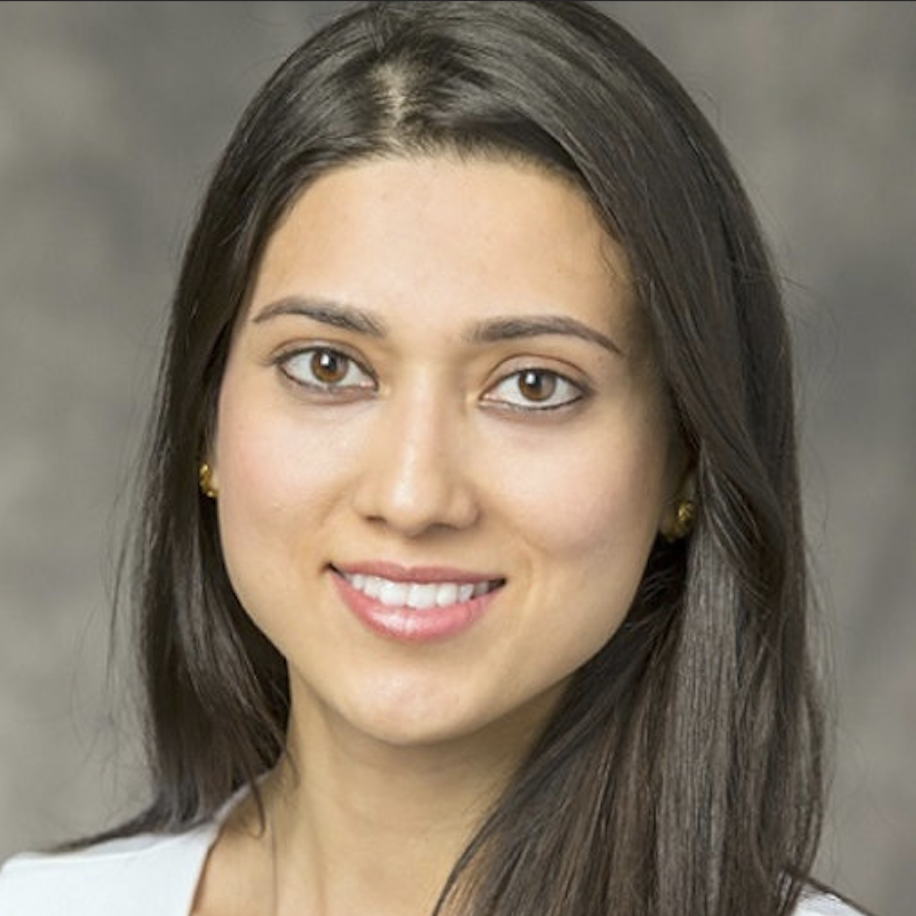 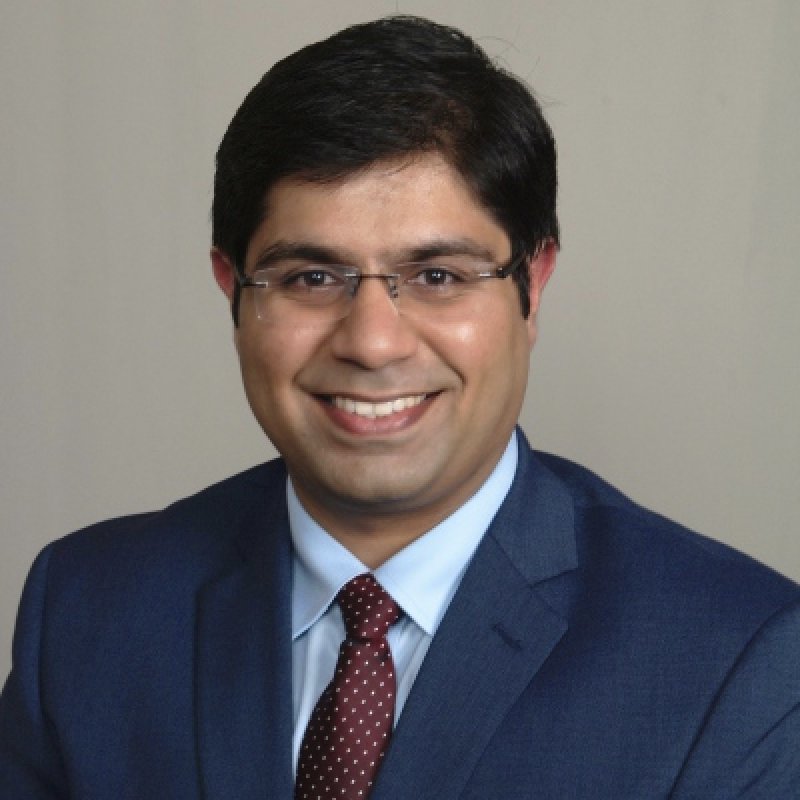 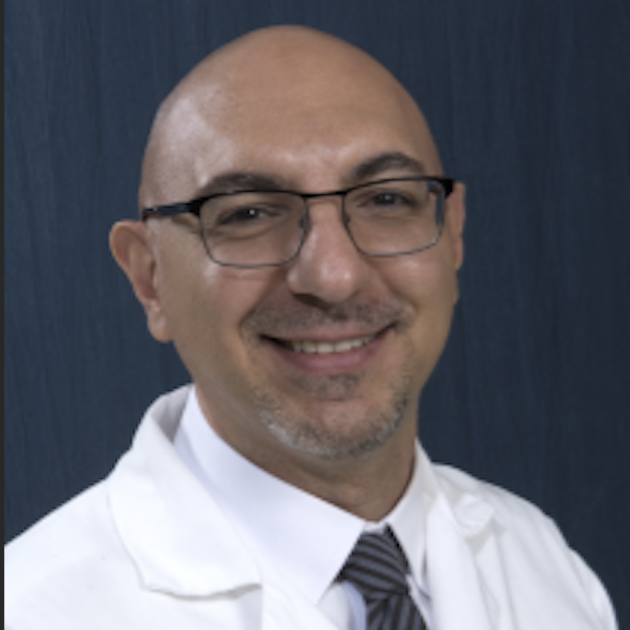
|
|
INTRODUCTION
Clinical trainees require education and practice to master communication, culminate team building and procedural skills, especially in time-constrained situations. Gamification in medical education is not an alien concept, there are quiz-based formats to test medical knowledge like medical jeopardy. Additionally, medical training programs utilize various simulation-based learning modules to engage trainees in real-life patient scenarios. Although each teaching technique has its own advantages, we sought to combine both simulation-based learning and the concept of gamification to assess medical knowledge and cooperative learning among our first-year pulmonary and critical care medicine fellows.
ABSTRACT PRESENTATION
The goal of the escape room exercise was to combine cooperative learning, application of knowledge and trainee wellness activity using the concept of gamification. The escape room was designed to test four domains: clinical knowledge, procedural skills, research/statistic and miscellaneous practical skills pertinent to first year of pulmonary and critical care fellowship training.
A clinical case-based scenario with high-yield questions was developed over eight weeks, in collaboration with simulation center staff, and served as a roadmap for escape room layout (Figure 1). A two-hour trial run with senior fellows was performed two weeks in advance to time the organization of escape room and identify any potential equipment or design flaws.
Three first-year fellows were provided educational material to review prior to the activity. The escape room assembly required 30-minutes. The fellows were briefed on the patient scenario at the beginning; a 55-year-old patient admitted to medical intensive care unit with hypoxic respiratory failure requiring endotracheal intubation in the emergency department. Participants were asked to gather clues in the escape room that would assist them in reaching the diagnosis and escape in 60-minutes. The simulated patient was a high-fidelity mannequin. The simulation center staff were responsible for operating the mannequin and displaying time and clues on the monitors inside the escape room.
Our simulated patient had drug-induced diffuse alveolar hemorrhage complicated by acute respiratory distress syndrome. In the escape room, hypothetical patient reports and imaging with hidden clues were provided. Some of the tasks, which either served as clues or led the team to a clue, included: 1) Identifying communication barrier (Noise); 2) Asking for additional support (Code Blue); 3) Identifying/filing a safety event report (Bed rails down); 4) Determining severity of illness (Calculate P/F ratio); 5) Managing ventilator maneuver/measurement (Static compliance); 6) Assessing the literature (calculate Number Needed to Treat); 7) Identifying the cause of acute respiratory deterioration (Cuff leak); 8) Activating procedure specific management algorithm (Airway checklist); 9) Performing an endotracheal tube exchange (Dexterity); 10) Assembling a bronchoscope (Dexterity); 11) Identifying anatomical structures (Fill out tracheobronchial tree diagram); and 12) Confirming the cause of the respiratory failure (Data synthesis).
All fellows found the activity an excellent tool to improve team building skills. Data analysis showed that fellows identified promotive interaction and group processing as areas needing most improvement on a 4-point Likert scale (Graph 1).
DISCUSSION
An escape-room-themed simulation has an advantage that it can be customized to varying levels of difficulty based on the year of clinical training. Participants also find it stimulating and engaging. We aim to replicate this activity with the fellows at the beginning of their second academic year to assess progression of team building skills. To make the educational experience more robust, we may possibly extend this activity to fellows from other teaching institutes within the city. We will also be using standard script to assist the faculty moderating the educational exercise to make the experience more efficient.
CONCLUSION
Escape-room-themed simulation is a novel concept in medical education and can be replicated with different patient scenarios and is generally well received among clinical trainees(1-2).
REFERENCES
- Escape Room as a Novel Educational Activity for Radiology Residents. Academic Radiology. 2020;27(2):276-83.
- Diemer G, Jaffe R, Papanagnou D, Zhang XC, Zavodnick J. Patient Safety Escape Room: A Graduate Medical Education Simulation for Event Reporting. MedEdPORTAL. 2019;15:10868.
|
| |
| Code Blue Resident Provider Readiness |
|
Sergio Ramirez, MD
Mai Vo, MD
Orlando Regional Medical Center
|
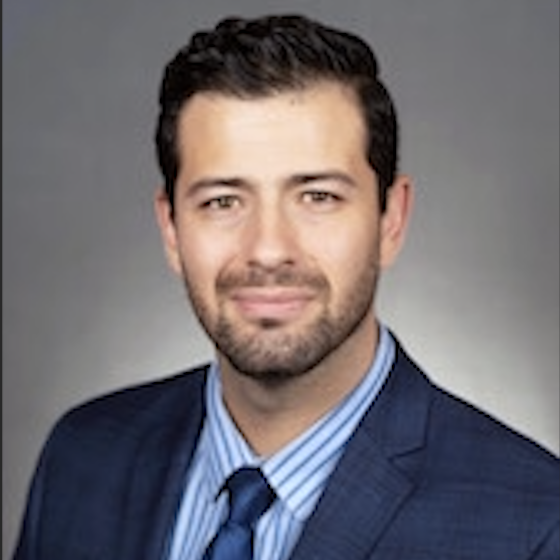 
|
|
INTRODUCTION
INTRODUCTION
The University of Central Florida GME program has a total of 73 categorical residents, all of whom rotate at the Orlando VA Medical Center. Among these resident physicians, it was noted that a knowledge gap existed with regards to initiating a code event in the hospital or clinic, as well as a lack of comfort/skills required to appropriately guide a medical team through a code blue event using standardized ACLS protocols. This metric is important because not having these skills at hand can lead to a delay in care during a cardiopulmonary arrest which can result in adverse outcomes for patients.
ABSTRACT PRESENTATION
Resident physicians rotating through the ward teams and intensive care unit need to have background knowledge on the appropriate steps to initiate a code blue and should have regular training to help improve their competency in ACLS protocols. Our goal is to primarily improve basic knowledge on how to start a Code Blue in our institution and enhance competency in ACLS protocol to 50% or higher as measured by a standardized written assessment. Secondarily, we will equip residents with the tools to effectively initiate a code blue by September of 2020. A nine-question assessment was created that tests basic ACLS knowledge as taught by the AHA as well as two fundamental questions on initiating a Code Blue at our institution (institutional code blue readiness). After assessing base knowledge, a “Mock Code” simulation session was instituted in the didactic curriculum for the residents. This session included training provided by chief residents, program faculty, as well as critical care faculty. One to two weeks after the simulation, the assessment was re-distributed, and improvement or gaps in knowledge was again measured. Further interventions were then instituted to improve procedure readiness; these included adding information to the weekly newsletter as well as asking residents to program the appropriate phone number in their cell phone during subsequent simulation sessions. See Chart 1 and Graph 1.
DISCUSSION
Upon questioning our trainees, we realized that only 57% of them felt ready to lead a Code Blue and institute appropriate ACLS protocols. Furthermore, after asking them the standard procedure to initiating a Code Blue in our institution, only 10% of them knew the steps required to call a Code Blue in case of an emergency. After instituting the "Mock Code" curriculum ACLS readiness scores based on our survey and the trainee's perceived level of readiness increased from 57% to 78%, furthermore, the institutional provider code blue readiness knowledge increased from 10% to 51%.
CONCLUSION
After the first intervention, it was noted that the residents had not achieved the targeted improvement in knowledge of the institutional procedures. A second intervention was planned, which included adding written instructions and asking residents to program the emergency number into their cell phones — this improved retention of the material to the target goal. Moving forward, we will continue to hold ACLS refresher simulation sessions once a month. This continual education effort will help improve retention of knowledge as well as improve provider confidence in leading a code blue event.
REFERENCES
|
APCCMPD AWARD FOR INNOVATIVE FELLOWSHIP PROGRAM ADMINISTRATION
|
The APCCMPD Award for Innovative Fellowship Program Administration recognizes outstanding contributions to fellowship program administration through the development of novel best practices in pulmonary, critical care, or pulmonary/ critical care medicine fellowship programs. Program Administrators, Program Coordinators, Program Managers and equivalent roles are encouraged to submit an abstract describing the implementation of a successful effort or program applied to the administrative operations of the fellowship program.
|
Congratulations to the 2021 awardee:
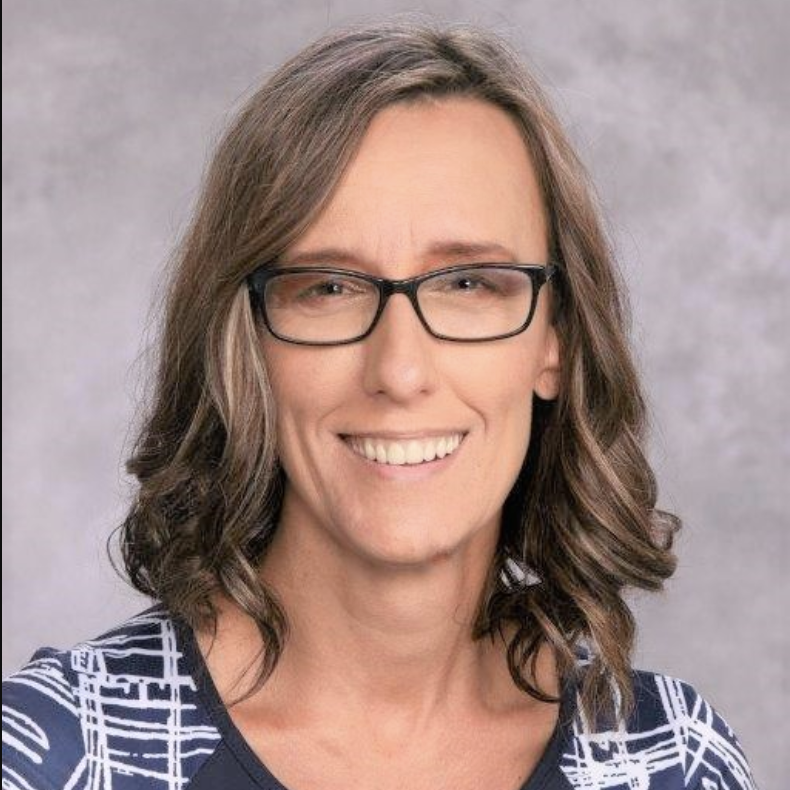
Barbara Gohre, BSHCA, C-TAGME
University of Arizona College of Medicine Phoenix
Organizing Clinical Competency Committee Meeting Information Through the Coordinators Role
|
| |
2021 AWARDEE
Organizing Clinical Competency Committee Meeting Information Through the Coordinators Role
|
|
INTRODUCTION
Clinical Competency Committee (CCC) meeting procedures are not standardized among coordinators nationally. Oftentimes, meetings run longer than scheduled due to a large amount of information reviewed. This abstract shows how to best implement an organized, streamlined CCC meeting for all faculty and programs.
ABSTRACT PRESENTATION
Multiple program coordinators worked together to review individual processes and best practices in their programs. Teleconferences were held to share information and suggest new ways to standardize the information presented during CCC meetings. A PowerPoint presentation was created to address the following items: Overall faculty evaluation of residents/fellow’s compliance, resident/fellow scholarly activity compliance and resident/fellow normalized competency/sub competency levels (data collected through New Innovations).
DISCUSSION
Streamlining the process for CCC meetings nationwide allows for more accurate ACGME milestones to be submitted and for data pertaining to development of their residents/fellows and their advancement progress to become more consistent. The changes made also allows coordinators to more easily understand each resident/fellow level of competency, ultimately allowing each coordinator involved to become more synced in the process.
CONCLUSION
As a result of creating this streamlined process, we found that there was a reduction in the time needed for Chairpersons and Program Directors to prepare for meetings. We also found that CCC meetings ran more efficiently, taking less time overall as well as ensuring there was improved understanding amongst the Clinical Competency Committee members.
REFERENCES
- https://www.ncbi.nlm.nih.gov/pmc/articles/PMC5206368/
|
Achievement Awards
OUTSTANDING EDUCATOR AWARD
|
APCCMPD members work diligently to foster excellence in education through the training and mentoring of the next generation of educators in pulmonary, critical care, and/or pulmonary/critical care medicine. The annual Outstanding Educator Award recognizes clinicians who are exemplary clinician-educators. The recipient is chosen by their peers for demonstrating excellence in the development of future physicians by making significant, innovative, and/or cumulatively outstanding contributions to education in pulmonary and/or critical care medicine.
|
Congratulations to the 2021 awardee:

Doreen J. Addrizzo-Harris, MD
Professor of Medicine
New York University Grossman School of Medicine
Doreen J. Addrizzo-Harris, MD is a Professor of Medicine at NYU School of Medicine. She completed her medical degree and fellowship training at NYU School of Medicine and joined the faculty in 1996. She has served as Program Director of the Pulmonary Critical Care Fellowship since 2001. She has grown the fellowship to over 27 fellows over the last 20 years. Dr. Addrizzo-Harris served as Interim Director of the NYU Langone Division of Pulmonary, Critical Care and Sleep Medicine in 2014, and now is the Associate Division Director for Clinical and Faculty Affairs. She is Co-director of the Faculty Group Practice which comprises more than 20 physicians. In addition to her love for medical education, Dr. Addrizzo-Harris is Co-director of the NYU Bronchiectasis Center and specializes in non-CF bronchiectasis and the treatment of nontuberculous mycobacterial pulmonary disease. She is PI of the NYU Bronchiectasis Registry and PI for the US Bronchiectasis Research Registry as well as numerous clinical trials.
Dr. Addrizzo-Harris is involved at the national level and has held many leadership roles at CHEST. She is currently the President-Designate of the American College of Chest Physicians and is a member of the CHEST Board of Regents. She is the past President of the CHEST Foundation and the immediate Past Chair of the Professional Standards Committee. In the past she served as Program Director of the Annual meeting in 2012 in Atlanta and Chair of the Guidelines Oversight Committee for CHEST. She is also very involved with the Association of Pulmonary and Critical Care Medicine Program Directors and served on its Board for more than 10 years as the President and Secretary-Treasurer.
|
MID-CAREER EDUCATOR AWARD
|
The Mid-Career Educator Award honors mid-career individuals who are actively engaged in enhancing the practice and profession of pulmonary, critical care, and/or pulmonary/critical care medicine through education. The medical educator selected for this award is actively making significant and innovative contributions to education in pulmonary and/or critical care medicine.
The APCCMPD honors the contributions of all 2021 nominees:
Mukhtar Al-Saadi, MD
Assistant Professor of Clinical Medicine
Houston Methodist Hospital
|
Congratulations to the 2021 awardee:
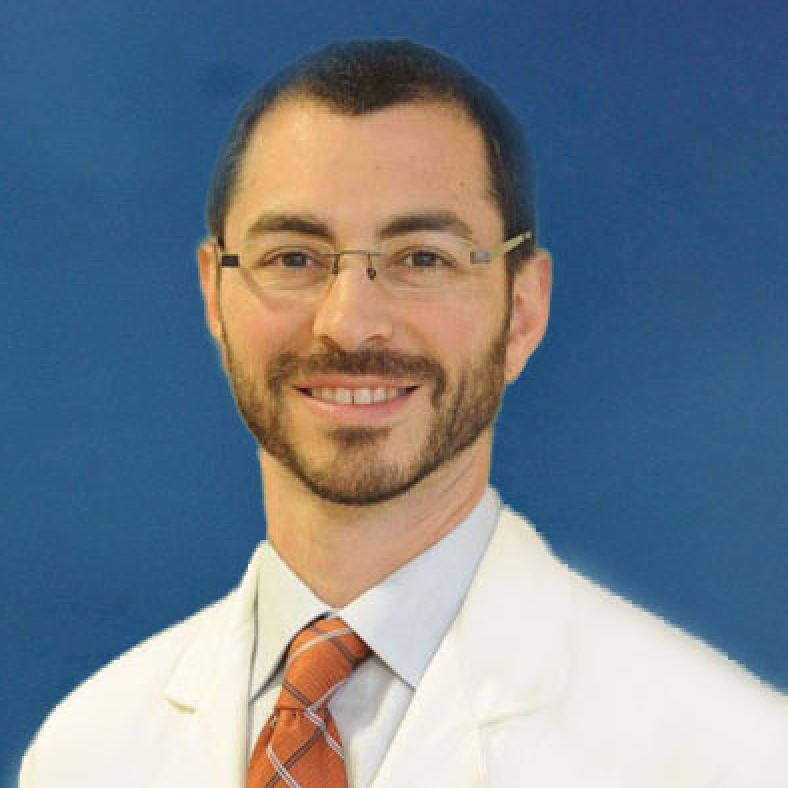
Michael T. McCurdy, MD
Assistant Professor of Clinical Medicine
University of Maryland School of Medicine
Michael T. McCurdy, MD is Clinical Associate Professor at the University of Maryland School of Medicine, where he created and directed the critical care medicine fellowship program. He, along with two of his fellows, created Maryland.CCProject.com, a free online critical care education website. With the goal of developing well-rounded, resilient, and deep-thinking physicians prepared to excel in the multifaceted world of medicine, he strives to teach his trainees complex concepts, provide them with unique life experiences, empower them to pursue independently successful careers, and ingrain in them the need to always ask both “Why?” and “How can we do better?” Dr. McCurdy is proud to actively include his medical students, residents, and fellows in his many diverse areas of interest. He is triple board-certified in emergency medicine, internal medicine, and critical care medicine. His academic interests include sepsis, critical care in austere environments, tele-ultrasound, and medical education.
|
EMERGING EDUCATOR AWARD
|
The Emerging Educator Award honors up-and-coming clinician-educators for their work in delivering and promoting medical education in pulmonary, critical care, and/or pulmonary/critical care medicine through various means at the local and regional levels.
The APCCMPD honors the contributions of all 2021 nominees:
Diana Kelm, MD
Assistant Professor of Medicine
Mayo Clinic
Edward Kilb, MD
Assistant Professor, College of Medicine
Medical University of South Carolina
Morgan Soffler, MD
Instructor in Medicine
Beth Israel Deaconess Medical Center
James M. Walter, MD
Assistant Professor of Medicine
Northwestern University Feinberg School of Medicine
|
Congratulations to the 2021 awardees:

Stacey Kassutto, MD
Assistant Professor of Clinical Medicine
Hospital of the University of Pennsylvania
Stacey Kassutto, MD is an Assistant Professor of Clinical Medicine in Pulmonary and Critical Care at the Perelman School of Medicine at the University of Pennsylvania. She completed all of her medical training, including PCCM fellowship and a fellowship in medical education, at Penn.
She currently serves as the Associate Director of the Medical Education Track, Director of Simulation Education for the Internal Medicine Residency, and is core faculty for the PCCM Fellowship (and recent past Associate Program Director for Ambulatory Education) at Penn. In addition to serving as the Chair of the APCCMPD Ambulatory Curriculum Committee, she is also a member of the ATS Section of Medical Education Executive Board.
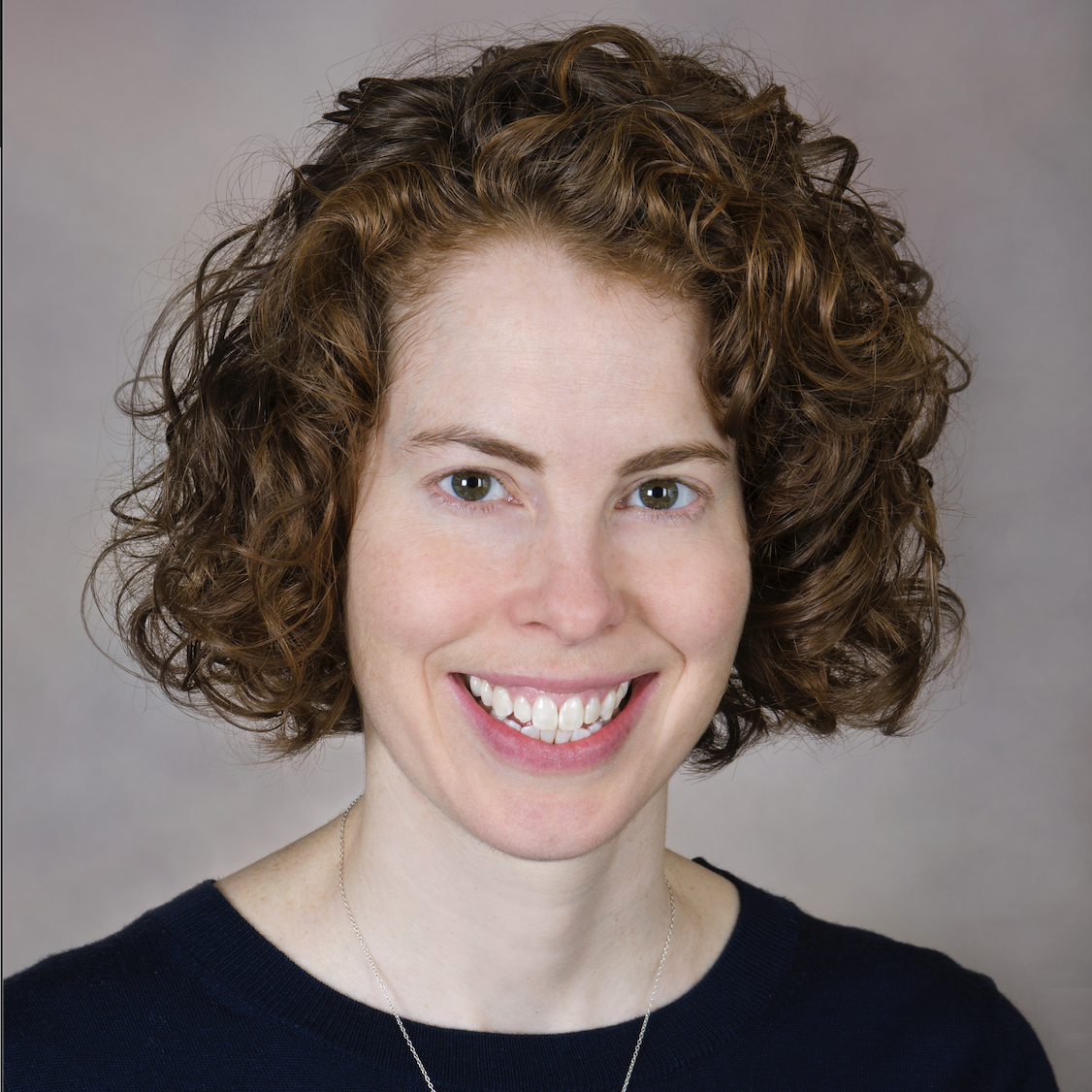
Anna K. Brady, MD
Assistant Professor of Clinical Medicine
Oregon Health & Science University
Anna K. Brady, MD completed her undergraduate studies at Case Western Reserve University and medical school at the Cleveland Clinic Lerner College of Medicine, followed by residency in internal medicine at the Hospital of the University of Pennsylvania. She moved to the Northwest for pulmonary and critical care fellowship at the University of Washington, where she also completed the Teaching Scholars Program. She is now an Assistant Professor in the Division of Pulmonary and Critical Care Medicine at Oregon Health and Science University (OHSU) in Portland, OR. At OHSU she is an Associate Program Director for the PCCM fellowship, core faculty for the internal medicine residency, and is active in medical school education as well. She serves on the American Thoracic Society's (ATS) Training Committee, where she has been heavily involved in the Innovations in Fellowship Education program and the ATS Resident Bootcamp. Her scholarly interests within education include procedural teaching and curriculum evaluation.
|
Funding Awards
|
The APCCMPD, CHEST and ATS Education Research Award is a monetary grant awarded to Fellows-in-training, junior faculty within 5-years of program completion, Associate Program Directors and/or Program Directors, to fund research projects that further the field of pulmonary and critical care graduate medical education research.
The APCCMPD honors the contributions of all 2021 nominees:
David J. De La Zerda, MD
University of Miami
Impact of a Wellness Curriculum for Pulmonary and Critical Care Fellows
Jordan W. Talan, MD
New York University Grossman School of Medicine
Accuracy of Pulmonary and Critical Care Fellows in Advanced Critical Care Echocardiography After a Flipped Classroom Simulation Curriculum: Measurement of Stroke Volume and Pulmonary Artery Systolic Pressures
|
Congratulations to the 2021 awardee:
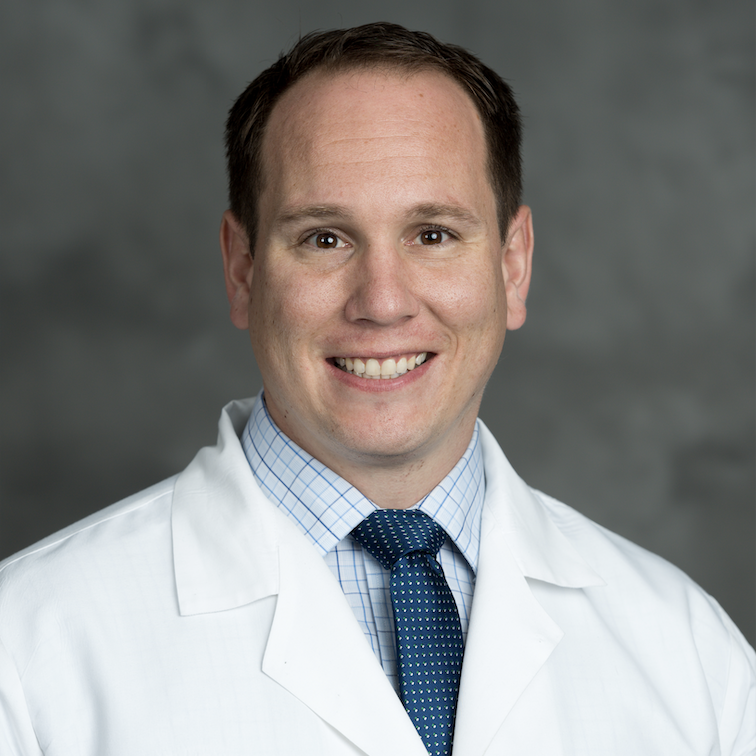
Dru Claar, MD
University of Michigan
Bronchoscopy Assessment in Pulmonary and Critical Care Fellows
Dru Claar, MD is a Clinical Assistant Professor of Medicine in the Division of Pulmonary and Critical Care at the University of Michigan Medical School. He completed medical school at the Medical College of Wisconsin, residency in Internal Medicine at Vanderbilt University Medical Center, and fellowship in Pulmonary and Critical Care Medicine at the University of Michigan. Dr. Claar is the Associate Program Director for the University of Michigan Pulmonary and Critical Care Medicine Fellowship Program and the Medical ICU Director at the VA Ann Arbor Healthcare System.
PROJECT SUMMARY
Despite broader shifts to competency-based education within graduate medical education, training recommendations for bronchoscopy in Pulmonary and Critical Medicine (PCCM) fellowship programs remain volume-based, and there is no recognized gold standard for the assessment of competency. To address this gap, we propose utilizing and validating the System for Improving and Measuring Procedural Learning or SIMPL tool, a smart phone-based tool previously developed for operative assessment, in the assessment of bronchoscopy. The tool assesses performance in three domains – procedural skill, trainee independence, and procedural complexity – using an app-based platform, enabling rapid, real-time trainee assessment without disruption of clinical workflow. Our proposal includes an initial cross-sectional validation study investigating the performance of the SIMPL tool relative to the Ontario Bronchoscopy Assessment Tool followed by a longitudinal observational study examining the role of the SIMPL tool in bronchoscopy assessment of PCCM trainees.
|
CHEST FOUNDATION AND APCCMPD AWARD RESEARCH GRANT FOR MEDICAL EDUCATION
|
 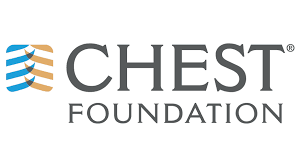 |
|
|
|
|
|
|
The CHEST Foundation and APCCMPD Award Research Grant for Medical Education is a monetary grant awarded jointly by the CHEST Foundation and the APCCMPD. Together, the CHEST Foundation and the APCCMPD are collaborating to advance graduate medical education and provide opportunities for scholarly activity that support medical educators in the field of adult pulmonary and/or critical care graduate medical education.
|
Congratulations to the 2020 awardee:
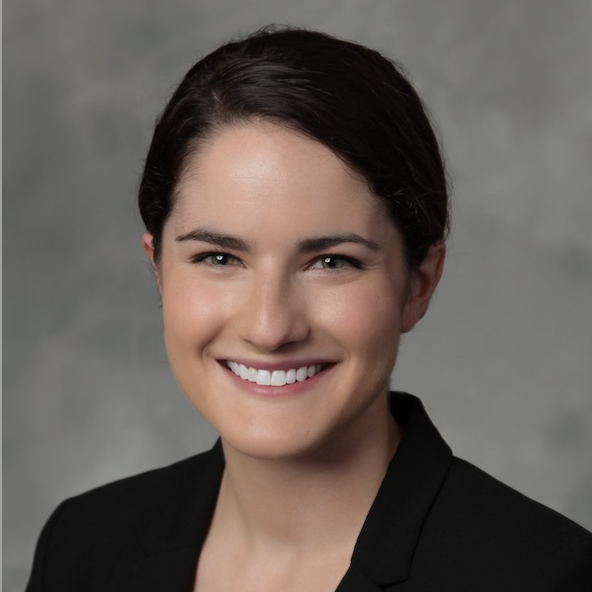
Ilana Roberts Krumm, MD
University of Washington
What’s Good About Soul Food? Discovering and Analyzing Elements of an ICU Team Group Discussion Which Improve Provider Wellness.
Ilana Roberts Krumm, MD completed her Internal Medicine Residency at the University of Washington and is currently serving as inpatient chief resident for the 2020-21 academic year. She was awarded a University of Washington Excellence in Teaching award in Internal Medicine as well as the American Thoracic Society Innovations in Fellowship Education Award in 2020. She was also selected from a competitive pool of her peers to join the Clinician Educator Pathway, a longitudinal curriculum aimed at training residents for careers in medical education. Dr. Krumm completed the Medical Education Research Certificate (MERC) program through the University of Washington Center for Leadership and Innovation in Medical Education and the Association of American Medical Colleges (AAMC). After her chief year, she will start her Pulmonary and Critical Care Fellowship at UCSF and continue to pursue a career in medical education.
PROJECT SUMMARY
Burnout is an increasingly recognized syndrome resulting from chronic emotional and interpersonal stress at work. In addition to negatively impacting work performance and patient care, burnout is also associated with negative psychological and physical outcomes. Despite widespread acknowledgement of its existence, there are still few successful interventions that reduce burnout. To address this, palliative care and chaplaincy staff at the Seattle VA Medical Center implemented a monthly group discussion session for the medical ICU providers. These Soul Food sessions are co-led by a chaplain and a critical care or palliative care attending and present an opportunity for the participants to discuss the challenges of caring for critically ill patients. Surveys demonstrate that participants find these sessions helpful and studies of facilitated group discussions, like Soul Food rounds, suggest that they can reduce emotional exhaustion and depersonalization, provided that attending these sessions does not add to provider workload, which may help decreased burnout. However, it is unknown which aspects of these sessions are most effective.
The aim of this qualitative research study is to identify aspects of Soul Food rounds that contribute to trainees’ subjective wellness or lower self-reported burnout. Soul Food sessions will be observed and each participant will be interviewed before and after their Soul Food session. The interviews will assess participants’ perception of their wellness or level of burnout, as well as their own experience of Soul Food. Both interviews and Soul Food sessions will be digitally recorded and analyzed to identify emerging themes. This knowledge can then be used to inform future burnout-reduction and wellness-supporting interventions.
|
|






































